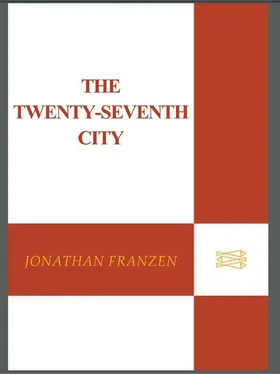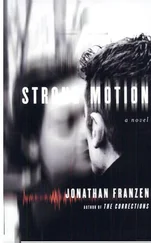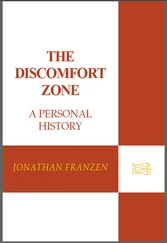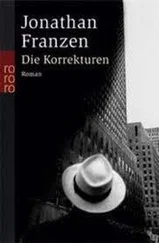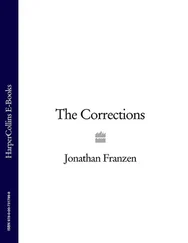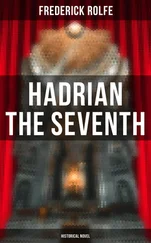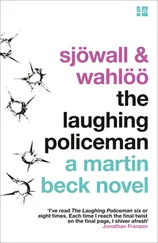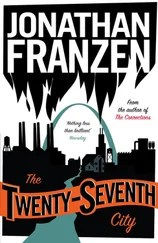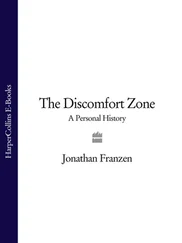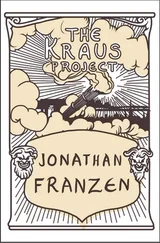As a consolation prize the others would get passes to the press conference she was holding on Monday evening.
The PR director, noting what a marvelously vital and multifaceted place St. Louis had become, urged the out-of-towners to wander about, acquaint themselves with the city’s layout, and sample such pleasures and edifications as appealed to them. Interested parties were told which bars and restaurants the local press corps frequented. To the younger female reporters the word was dropped that senior Post-Dispatch editor Joe Feig was throwing a Tex-Mex fiesta on Saturday night in his Webster Groves home, nothing formal, come as you are, byob, strictly private, but feel free to crash.
The real newshounds could refer to a three-page list of special events scheduled for the upcoming days and plan to cover whatever they considered most newsworthy. The list included the grand opening of a string of boutiques and bistros in the exciting Laclede’s Landing area; a nonstop Lasarium program at the Planetarium entitled “The City and the Stars” a pops concert in the fine all-purpose Stadium featuring music by Missouri composers; the maiden voyage on Sunday of the completely rebuilt Admiral , St. Louis’s unique and enormous aluminum-plated Mississippi-cruising pleasure palace; the third and final referendum debate between Mayor Peter D. Wesley and Citizen John Holmes; the opening at 3:00 p.m. Tuesday of an Election Information Center at Kiel Auditorium, free admission to all holders of press cards; and, finally, St. Louis Night.
St. Louis Night was a gala extravaganza to be held from 6:00 until midnight on Tuesday. All of downtown St. Louis would be lit up in celebration of itself. Three soundstages would provide continuous live music and laughter, including appearances by Bob Hope, Dionne Warwick, and the pop group Crosby, Stills & Nash. A dixieland band and an oompah band would rove the streets, spreading good cheer. Favorite sports personalities from the Cardinals, Blues and Big Red would hold autograph sessions. Fifteen of the city’s top restaurants would open sidewalk cafés and also booths at which their wares could be sampled by the spoon or by the cup. At midnight a Grucci family fireworks display would cap the festivities. St. Louis Night would unfold regardless of the outcome of the special election. In the event of rain, tents would be erected on the Mall.
Highlights, tabulations and analyses of the special election would become available in printed form at the Election Information Center at 10:00 a.m. on Wednesday.
Insiders could hardly fail to see the thinking behind all these activities. Tuesday’s election promised to be a laugher. The most conservative local pollsters projected that the merger would pass in the city by a four-to-one margin, and in the county by three to one or better, depending on which way the many undecideds went. At this stage of the game, only a public-relations catastrophe of the first order could alter the outcome.
Yet an idle brain is the Devil’s workshop. Within hours of arriving, every reporter had fired off to his or her editors a story about the St. Louis equivalent of Amsterdam’s brothels or Berlin’s Wall. Chief Jammu is a woman driven and Chief Jammu is a woman with a vision were the two most common lead-paragraph disclosures greeting readers the next day, and as substantiation the reporter would offer his or her top choices from the sayings and confessions of Jammu collected in Handout #24 at City Hall. But after they’d cashed in this journalistic blue chip, the more bored reporters might have sent out feelers of their own, might have spoken with disgruntled cubs and searched back issues of the local papers for dissenting voices. Naturally, if the man from the Fresno Bee were to find anything, the news wouldn’t reach many ears. But if Erik Tannenberg of The New York Times , for example, began turning over large stones and discovered something ugly or even simply peculiar underneath one of them, the consequences for Jammu, the pro-merger campaign, and the city as a whole could be most painful.
There was the little matter of the nine black families illegally occupying a pair of four-bedroom homes in Chesterfield. A removal agency in the employ of Urban Hope had displaced the families from their North Side homes without finesse or compassion. As restless and downtrodden Americans have been doing for two centuries, the families headed west. Construction on the Chesterfield homes had proceeded to the point of drywalling before the builder went bankrupt. Ownership had passed, by default, into the hands of a bank of which Chuck Meisner was director. Happily, the homes were situated in a remote corner of West County accessible only by way of Fern Hill Drive, the new street. Since no one yet lived on Fern Hill Drive, and since Meisner had financed the hasty installation of an eight-foot fence around the entire construction area, the families’ presence had not become public knowledge. They’d boarded up the windows and barricaded the doors. They appeared to have enough water to hold out for several weeks. They had plenty of food as well, in the form of the sacks of flour and rice which the Allied Food Corporation had quietly been selling in East St. Louis at a large discount because of unacceptable levels of ethylene dibromide. Armed with shotguns, carbines and a small cannon, the squatters were being held under discreet siege by Missouri state troopers and St. Louis city police, the involvement of the latter rendered legal by direct orders from Missouri’s governor. Negotiations had proved fruitless. The families were offered firstclass housing in a public project, immunity from prosecution, and a sizable cash damages award. Incredibly, they declined. Their leader turned out to be Benjamin Brown, perennial 21st Ward aldermanic candidate on the Socialist Workers Party ticket. Brown refused to resume negotiations until he’d been given a chance to speak to the media. The siege force requested time to mull this over. It appeared likely that no decision would be reached before Wednesday. Meisner spent the weekend arranging new conduits for the inconveniently large campaign donations his banks wished to make to fund the last-minute pro-merger television blitz.
There was also the little matter of East St. Louis, Illinois. The crime situation on that side of the river had gotten out of hand. It was, to be sure, common knowledge that under Jammu’s administration the city of St. Louis had grown markedly less hospitable to bookies, pimps, narcotics dealers and their victims, and that some of these individuals had moved east. The Globe-Democrat had printed an editorial lamenting the deterioration of law and order in East St. Louis (not that law and order had ever been that municipality’s long suit) and expressing the hope that those people might at last find the courage to face up to their very real problems. But no Globe reporter had actually seen the situation firsthand. Nor had any other reporters. People who went to East St. Louis often got shot, and this was a risk that members of the Missouri journalistic community were in no special hurry to take. Illinois was a totally different state, after all. An investigation could wait until after the election on the western side of the river had been covered and analyzed.
There were other matters. Acting on a tip from a Washington University professor of law, a researcher at KSLX-TV had turned up a slight constitutional hitch in the real-estate transactions tax approved by city voters in November. The law apparently could, if challenged, be struck down by an unsympathetic court — for instance, by the conservative Missouri State Supreme Court. But no KSLX reporters were willing to write the information into a story. And when the researcher thereupon wrote it up herself, station executives close to general manager James Hutchinson delayed its airing for more than a week, penciling it in for broadcast on Tuesday, after the polls closed.
Читать дальше
Конец ознакомительного отрывка
Купить книгу
